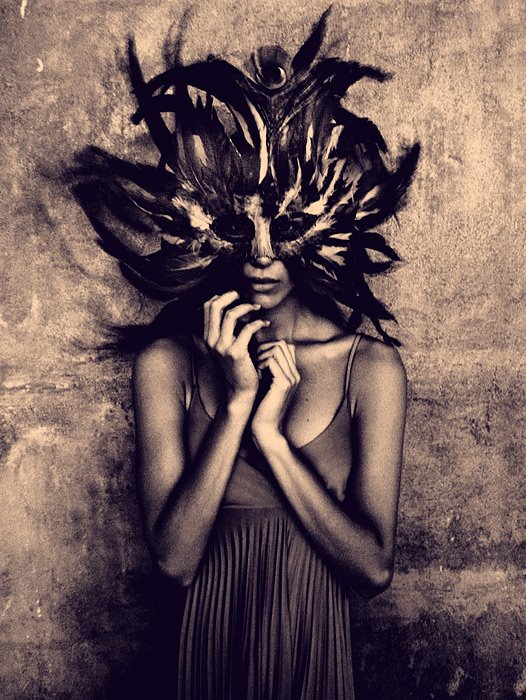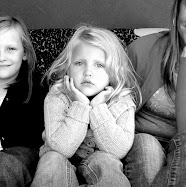I recently finished reading Eleanor of Aquitaine by Emily Weir, a biography of the elusive and powerful
Queen of almost a thousand years ago. Although a biography of the Queen, the author had to work withthe materials available to study from so long ago; almost all the records were written by men, and almost all of the records revolved around Eleanor's marriages. I came away from the book fascinated with the reality of marriage for royals, especially in comparison to modern unions.
Eleanor was first married 1137 to King Louis, a boy of 16 she had never met who was fresh out of cloister where he had done his maturing, described as ' naive, humble, and devout as ever, inclined to burst into tears at the slightest upset and, more disturbingly, occasionally given to irrational and even violent outbursts of temper. ' Charming fellow, isn't he- although supposedly very good looking, despite ' a large nose that marred his looks. ' Eleanor's married life began as Queen of France, where she spent days in a routine of prayer, trivia, hawking and being a decorative asset for her King, while drinking wine. This sounds suspiciously akin to what we find our Housewives of New York doing on a weekly basis, but Eleanor wasn't pleased. An intelligent, energetic young woman, she quietly made way to have more input in the King's decisions.
After being married long enough to birth two daughters and go on a fanciful journey across foreign lands where they met many powerful rulers, created important political connections and ate exotic foods ( OK...it was the Crusades )Eleanor and her husband...divorced. While it wasn't called divorce, it certainly fit our parameters for divorce. In those times, a person had to create an often false and shady reason for divorcing ( hello, Tomkat ) acceptable the powerful religious leaders who could give them an annulment. Oftentimes, dubious familial bonds were called forth to explain the need for an annulment. I was surprised at the number of divorces ( annulments ) thatoccurred during these times. Kings left their wives for other women for two reasons: to create important political
connections or to create a male heir. Very rarely did love (lust) become a powerful enough motivation for the dissolution of a marriage, in part because Kings were boffing every sweet lady in sight!
Who needs to leave your wife when you have the perfect set up for cheating? In those times Kings traveled constantly,far and wide, all year long, year in and year out, meeting many different ladies of the court along the way, and often without
the Queen. The amount of illicit affairs going on, and with who they
occurred was more scandalous than anything Clinton-Lewinsky could dream
up in the Oval Office. Eleanor herself was rumored and recorded to have
slept with her own Uncle for a period of time. Eleanor's son fell in
lust with a 14 year old royal girl and ended up making her his Queen- he
was so crazy for her that it was said he was ' chained to her bed '. These days that kind of behavior would get you some serious jail time as well as plenty of bad press. ( Jerry Lewis ) All this love making also led to plenty of ' bastard ' children, some of whom where left to be raised by the Church, some of whom ended up lucky enough to have the influence of their fathers felt during their
life.
When a Queen and King had serious marital problems, it was not the state of their emotions the people around them concerned themselves with, but the effect on the Kingdom were they to dissolve the union. No one cared about feelings. Life was about duty, land acquisition, status, and producing male heirs for a Kingdom. Queens who failed to provide a male heir were at risk of being replaced by a younger, fertile royal who could give an aging King the sons he needed to pass his Kingdom to. Queens had little real obligation, but they had little choices or freedom, either. They usually didn't have much to do with raising their children, who were often left to other royal households to be
properly groomed and schooled for their later positions. At times Queens could years without seeing their children, and if a daughter was married to a far away King, they might be separated for decades, or life. The bonds of family as we think of it today did not exist for Queens and Kings; they did not raise children together, balance the budget, have date nightor argue over who cleaned the toilet last. Their lives were largely lived apart, and the happiness of the union often depended primarily on the King ( was he cruel, a drinker, did he take inappropriate mistresses? ) and the Queen's success in delivering a male heir.
Eleanor herself ended up married to King Henry, provided for him many male heirs, and lived a long and amazing life, in which she traveled into her eighties, lost most of her children to premature deaths, spent ten years imprisoned by her husband, and eventually died free of her husband, a widow, and ' an incomparable woman '.




















Post a Comment